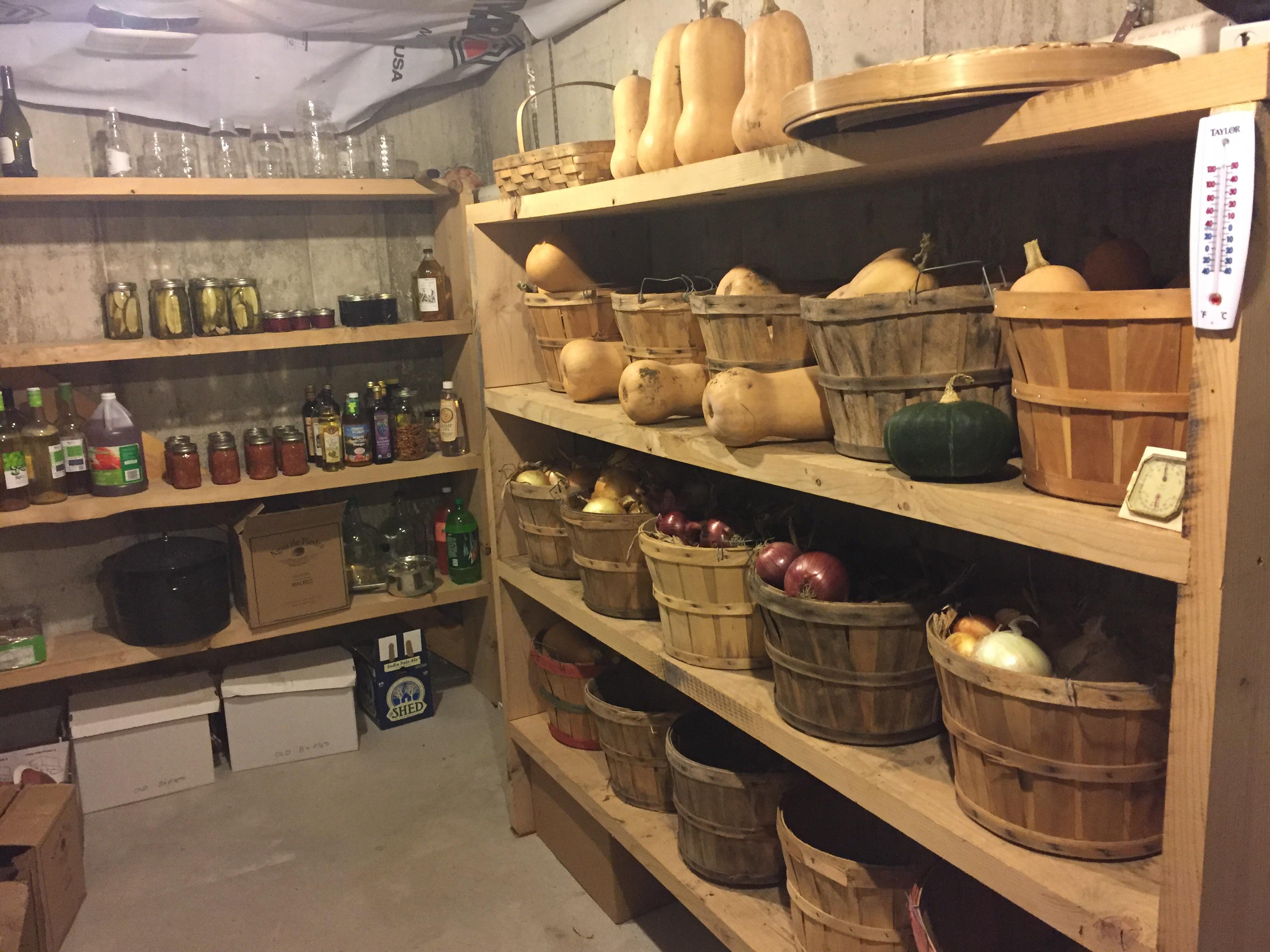

Articles
What Is A Fruit Cellar
Modified: October 19, 2024
Discover the benefits of a fruit cellar for pantry storage. Keep your produce fresh and organized with this essential storage solution.
(Many of the links in this article redirect to a specific reviewed product. Your purchase of these products through affiliate links helps to generate commission for Storables.com, at no extra cost. Learn more)
Introduction:
Welcome to the fascinating world of fruit cellars. In a society where we rely heavily on fresh produce and yearn for the taste of ripe and juicy fruits throughout the year, having a fruit cellar can be a game-changer. It is not only a functional space for storing fruits but also a sanctuary for preserving their freshness and flavor.
So, what exactly is a fruit cellar? In the simplest terms, it is a designated area in your home or property specifically designed for the storage and preservation of fruits. It provides the ideal conditions, including temperature, humidity, and darkness, to extend the shelf life of your favorite fruits, allowing you to enjoy their wonderful taste even when they are out of season.
Nowadays, with the widespread availability of refrigeration and modern storage methods, the concept of a fruit cellar has somewhat faded away. However, for those who appreciate the taste and nutritional value of fruits that have been properly stored and ripened, a fruit cellar can still be a valuable asset.
In the upcoming sections, we will delve deeper into the intricacies of fruit cellars, exploring their purpose, types, benefits, design and construction, maintenance and organization, as well as tips for optimal fruit storage. So, let’s embark on this journey to discover the wonders of the fruit cellar and how it can enhance your culinary experience.
Key Takeaways:
- Embrace the world of fruit cellars to extend the joy of fresh, flavorful fruits year-round. Reduce waste, save money, and savor the taste of locally grown produce with a well-maintained fruit cellar.
- Create a controlled environment in your fruit cellar to preserve the quality, taste, and nutritional value of your favorite fruits. Enjoy the convenience of having fresh, healthy produce at your fingertips.
Read more: What Is A Cellar
Definition of a Fruit Cellar:
A fruit cellar is a designated space or room specifically designed for storing fruits. It is typically located in a cool and dark area of a home or property, away from direct sunlight and other sources of heat. The primary purpose of a fruit cellar is to provide optimal conditions that slow down the natural ripening process of fruits, allowing them to be stored for extended periods while maintaining their freshness, flavor, and nutritional value.
Traditionally, fruit cellars were commonly found in older homes and farmhouses, where they played a crucial role in preserving the seasonal abundance of fruits for the long winter months when fresh produce was scarce. They were often built in underground or partially underground locations, taking advantage of the naturally cooler temperatures and higher humidity levels found in these areas.
In modern times, fruit cellars have somewhat fallen out of favor due to the availability of refrigeration and other convenient storage methods. However, there is still a growing interest in preserving the taste and quality of fresh, locally-grown fruits without the use of excessive energy or relying solely on commercial storage facilities.
A fruit cellar is more than just a storage space; it is a controlled environment that simulates the ideal conditions found in nature for fruit storage. The temperature in a fruit cellar is typically maintained between 45 to 55 degrees Fahrenheit (7 to 13 degrees Celsius), which is cool enough to slow down the ripening process but not cold enough to cause damage. Additionally, the humidity level is carefully regulated to prevent the fruits from drying out or becoming too moist, which can lead to spoilage or the growth of mold or bacteria.
By providing a stable and controlled environment, fruit cellars allow fruits to mature gradually, ensuring that they develop their full flavor and sweetness. This slow ripening process also helps to retain their nutritional content, including vitamins, minerals, and antioxidants, making them a healthier option compared to commercially stored fruits that may have undergone rapid ripening or prolonged transportation.
In summary, a fruit cellar is a specialized storage space that provides the ideal conditions for preserving the freshness, flavor, and nutritional value of fruits for an extended period. It allows fruits to ripen gradually, ensuring optimal taste and quality, and offers a sustainable and energy-efficient alternative to modern refrigeration methods.
Purpose of a Fruit Cellar:
The purpose of a fruit cellar is multi-faceted, serving as a dedicated space for the storage and preservation of fruits. Let’s explore the key purposes that make a fruit cellar a valuable addition to any home:
1. Extended Shelf Life: One of the primary purposes of a fruit cellar is to extend the shelf life of fruits. It provides the ideal conditions, including cool temperature, optimal humidity, and darkness, which slow down the natural ripening process of fruits. This allows you to store harvested or purchased fruits for an extended period, enabling you to enjoy their taste and nutritional benefits even when they are out of season.
2. Preserving Flavor and Freshness: By providing a controlled environment, a fruit cellar helps to preserve the flavor and freshness of fruits. The gradual ripening process in a fruit cellar allows fruits to develop their full flavor profile, ensuring that you savor their natural sweetness and aroma when the time comes to enjoy them. Unlike commercially stored fruits that may undergo rapid ripening or extended transportation, fruits stored in a fruit cellar retain their taste and quality to a greater extent.
3. Cost Savings: Owning a fruit cellar can help save money in the long run. It allows you to take advantage of seasonal sales or harvests when fruits are abundant and more affordable. By storing the excess fruits in your fruit cellar, you can enjoy them throughout the year, reducing the need to purchase expensive out-of-season fruits that may have endured long-distance transportation or higher prices due to limited availability.
4. Reducing Food Waste: A fruit cellar can significantly contribute to reducing food waste. Often, we buy more fruits than we can consume before they spoil. By utilizing a fruit cellar, we can store excess fruits and prevent them from going to waste. This helps in sustainable consumption and supports a more environmentally friendly lifestyle.
5. Access to Locally Grown Fruits: For those who appreciate the taste of locally grown fruits, a fruit cellar provides a means to enjoy them long after the harvest season has ended. This is particularly beneficial in areas where certain fruits are not available year-round or where local farmers offer a wide variety of seasonal fruits that are well-suited for fruit cellar storage.
6. Preserving Nutritional Value: Fruits stored in a fruit cellar retain their nutritional value to a greater extent compared to commercially stored fruits. The slow and controlled ripening process helps to maintain the vitamins, minerals, and antioxidants present in the fruits, ensuring that you receive the maximum nutritional benefits when consuming them.
With these purposes in mind, a fruit cellar becomes more than just a storage space; it becomes a valuable asset that allows you to enjoy the taste, freshness, and health benefits of fruits all year round. Whether you have your own fruit trees, visit local farmers’ markets, or simply love the flavor of ripe, juicy fruits, a fruit cellar provides a sustainable and convenient solution for fruit storage and enjoyment.
Types of Fruit Cellars:
Fruit cellars come in various types, each catering to different needs, available space, and personal preferences. Let’s explore the different types of fruit cellars:
1. Traditional Underground Cellars: These are the classic fruit cellars that were commonly found in older homes and farmhouses. They are built underground or partially underground, taking advantage of the natural insulation provided by the earth to maintain a cool and consistent temperature. Traditional underground cellars often have thick walls and floors made of stone or brick, which help regulate humidity levels. They are typically accessed through a trapdoor or staircase and provide ample storage space for a variety of fruits.
2. Stand-Alone Cellars: Stand-alone fruit cellars are separate structures that are built adjacent to or near the main house. These cellars can be custom-built to suit specific needs and can range in size from small storage rooms to larger buildings. Stand-alone cellars are usually constructed using insulated materials and have their own temperature and humidity control systems, making them suitable for larger fruit collections or for those who require precise control over storage conditions.
3. Converted Basements or Crawl Spaces: If you have an existing basement or crawl space, it can be converted into a fruit cellar with some modifications. These areas often have stable temperatures, making them suitable for fruit storage. Proper insulation, humidity control, and the addition of shelves or storage racks can transform these spaces into functional fruit cellars. However, it’s important to ensure that the converted area offers adequate ventilation and protection against pests.
4. Refrigerated Fruit Cellars: For those who prefer modern technology, refrigerated fruit cellars are a popular choice. These cellars utilize refrigeration units or cooling systems to maintain the desired temperature and humidity levels for fruit storage. They often come with adjustable controls to customize the conditions based on specific fruit requirements. Refrigerated fruit cellars are typically more compact and can be integrated into existing kitchen setups or designated storage areas.
5. Root Cellars: Although primarily used for storing root vegetables, root cellars can also serve as dual-purpose fruit cellars. These underground or partially underground storage spaces provide consistent cool temperatures throughout the year, making them suitable for storing fruits that prefer cooler environments. Proper ventilation and insulation are imperative for maintaining optimal conditions for fruit storage in root cellars.
6. Cold Rooms or Walk-In Fridges: Commercial establishments or larger-scale fruit storage operations may opt for cold rooms or walk-in fridges. These are spacious, temperature-controlled rooms that offer ample space for fruit storage in bulk. Cold rooms provide the flexibility to adjust temperature and humidity levels based on the specific fruit types being stored.
It’s important to select a type of fruit cellar that aligns with your available space, desired storage capacity, and budget. Consider factors such as insulation, ventilation, access, and the ability to control temperature and humidity when choosing the right type of fruit cellar for your needs. Whether you opt for a traditional underground cellar, a custom-built stand-alone cellar, or a converted space, a well-designed fruit cellar will ensure the long-term storage and preservation of your favorite fruits.
Benefits of Having a Fruit Cellar:
Having a fruit cellar offers numerous advantages, making it a worthwhile investment for fruit lovers and enthusiasts alike. Let’s explore the benefits of having a fruit cellar:
1. Extended Fruit Availability: One of the primary benefits of having a fruit cellar is the ability to enjoy your favorite fruits throughout the year. With proper storage conditions, fruits can be stored for extended periods, allowing you to savor their taste and nutritional benefits even when they are out of season. This eliminates the need to rely solely on store-bought fruits that may have traveled long distances and may not be as fresh.
2. Preserves Freshness and Flavor: A fruit cellar helps preserve the freshness and flavor of fruits. The controlled environment, with its optimal temperature and humidity levels, slows down the natural ripening process and allows fruits to mature gradually. This ensures that they maintain their natural sweetness, juiciness, and aroma, providing a superior taste experience compared to fruits that may have been prematurely harvested or artificially ripened.
3. Reduces Waste and Saves Money: Owning a fruit cellar enables you to store excess fruits and reduce food waste. Instead of fruits spoiling before you can consume them, you can store them in your fruit cellar, extending their shelf life and reducing the likelihood of waste. This not only helps to save money by avoiding unnecessary fruit purchases but also supports sustainable practices by minimizing food waste.
4. Access to Local and Seasonal Produce: A fruit cellar allows you to take full advantage of locally grown and seasonal produce. You can stock up on fruits when they are abundant and at their peak in terms of flavor and nutrition. This promotes a connection with local farmers, supports the local economy, and encourages the consumption of fresh, nutrient-rich fruits from your region.
5. Healthy and Nutritious Options: When fruits are properly stored in a fruit cellar, they retain their nutritional value for longer periods. The gradual ripening process helps to maintain the vitamins, minerals, and antioxidants present in the fruits, offering you a healthier and more nutritious option compared to commercially stored fruits. Having access to a variety of fresh fruits throughout the year can contribute positively to your overall well-being and diet.
6. Customization and Control: With a fruit cellar, you have the ability to create a customized storage environment based on the specific needs of different fruits. You can adjust the temperature, humidity levels, and even airflow to suit the requirements of different fruit varieties. This level of control allows you to optimize storage conditions and ensure that fruits are preserved at their optimal quality.
7. Appreciation of Local Flavors: Having a fruit cellar encourages the appreciation of local flavors and seasonal eating. By storing locally grown fruits, you can experience the unique flavors and characteristics of fruits produced in your area. This fosters a greater understanding and connection with your local food culture and promotes a sense of pride in supporting local farmers.
Having a fruit cellar provides a range of benefits, including extended fruit availability, preserved freshness and flavor, reduced waste and cost savings, access to local produce, healthy and nutritious options, customization and control, and appreciation for local flavors. Whether you grow your own fruits, source them locally, or simply enjoy the taste and nutritional benefits of fresh fruits, a fruit cellar can greatly enhance your fruit storage and consumption experience.
A fruit cellar is a cool, dark, and well-ventilated storage space typically used to store fruits and vegetables. It helps to extend the shelf life of produce by providing the ideal conditions for slow ripening and preservation.
How to Design and Build a Fruit Cellar:
Designing and building a fruit cellar requires careful consideration of several factors to ensure optimal storage conditions for your fruits. Here’s a step-by-step guide to help you create your own functional and efficient fruit cellar:
1. Choose an Appropriate Location: Select a location for your fruit cellar that is cool, dark, and well-ventilated. Ideally, it should be away from direct sunlight and sources of heat like heating ducts or appliances. Basements or underground areas are often suitable options due to their naturally cooler temperatures.
2. Assess Insulation Needs: Insulation is crucial for regulating temperature and humidity in the fruit cellar. Determine if your chosen location requires additional insulation, such as insulating walls, floors, and ceilings, to maintain a stable environment. Use insulation materials designed specifically for temperature and moisture control.
3. Plan the Layout and Shelving: Take into account the available space and the number of fruits you intend to store when planning the layout of your fruit cellar. Consider using sturdy shelves or racks made from materials like wood, wire, or metal. Ensure the shelving is properly anchored and spaced to allow for adequate airflow around the fruits.
4. Install Proper Ventilation: Proper ventilation helps maintain air circulation within the fruit cellar, preventing the build-up of stagnant air and excess humidity. Consider installing vents or fans to ensure fresh air exchange. Additionally, vents or small windows can help release excess moisture if necessary.
5. Control Temperature and Humidity: Install a thermometer and a hygrometer in your fruit cellar to monitor temperature and humidity levels regularly. Aim for a temperature range of 45 to 55 degrees Fahrenheit (7 to 13 degrees Celsius) and a humidity level of 80-90% for most fruits. Adjustments may need to be made based on the specific requirements of certain fruits.
6. Ensure Darkness and Pest Control: Keep the fruit cellar as dark as possible to prevent light exposure, as light can cause fruits to ripen prematurely. Ensure there are no openings or cracks that allow pests to enter. Use sealing materials, such as weatherstripping, around doors and windows to keep the cellar airtight.
7. Consider Shelving Materials: Choose shelves or storage containers made of materials that are easy to clean and sanitize. Avoid using materials that may emit harmful chemicals or odors, as they can transfer to the fruits.
8. Monitor and Maintain: Regularly monitor the temperature, humidity, and overall condition of the fruit cellar. Make any necessary adjustments to maintain optimal storage conditions. Clean the cellar regularly to prevent the build-up of mold, dust, or pests.
When building a fruit cellar, it’s essential to consider safety measures, ventilation, temperature control, and proper organization. Consulting with professionals or experienced fruit cellar owners can provide additional guidance based on your specific needs and location. By following these steps and maintaining a well-designed fruit cellar, you can enjoy the benefits of year-round fresh and flavorful fruits.
Maintenance and Organization of a Fruit Cellar:
Maintaining a well-organized fruit cellar is crucial to ensure the longevity and quality of your stored fruits. Proper maintenance and organization practices help create an environment that maximizes fruit freshness, minimizes waste, and facilitates easy access to your prized produce. Follow these tips to keep your fruit cellar in optimal condition:
1. Regular Cleaning: Clean your fruit cellar periodically to prevent the build-up of dust, mold, and bacteria. Remove any spoiled fruits or debris, and sanitize the shelves and storage containers using mild cleaning solutions. Ensure that surfaces are thoroughly dry before returning fruits to the cellar.
2. Check for Pest Infestations: Regularly inspect your fruit cellar for signs of pests such as rodents, insects, or fruit flies. Implement pest control measures promptly, using traps, repellents, or professional extermination if necessary. Seal any cracks or openings that could allow pests to enter.
3. Maintain Optimal Temperature and Humidity: Monitor temperature and humidity levels regularly using a thermometer and hygrometer. Make adjustments as needed to maintain the recommended temperature range of 45 to 55 degrees Fahrenheit (7 to 13 degrees Celsius) and humidity levels of 80-90%. Install a dehumidifier or use moisture-absorbing agents like silica gel if humidity levels become too high.
4. Rotate Fruits: Practice proper fruit rotation to ensure that older fruits are used first to prevent spoilage. Place newly harvested or purchased fruits at the back of the shelves or containers, while older ones should be brought forward for consumption. Regularly check the condition of fruits and remove any overripe or spoiled ones promptly.
5. Organize by Ripeness and Variety: Arrange fruits by ripeness and variety to make it easier to locate and access specific fruits. Keep fruits with similar ripening rates and storage requirements together. Consider using bins or baskets labeled with the fruit name or ripeness level to aid in organization.
6. Avoid Mixing Strongly-Scented Fruits: Some fruits emit ethylene gas, which can accelerate the ripening process of ethylene-sensitive fruits. It’s best to separate strongly-scented fruits, such as apples or bananas, from other fruits to prevent unwanted ripening or flavor transfer.
7. Properly Package Fruits: Use suitable packaging materials, such as breathable mesh bags or ventilated containers, to store delicate fruits that require additional protection. This helps prevent bruising, reduces the risk of mold growth, and aids in maintaining proper airflow around the fruits.
8. Regularly Check for Spoilage: Regularly check stored fruits for signs of spoilage, such as mold, soft spots, or off odors. Remove any spoiled fruits immediately to prevent the spread of decay to other fruits.
9. Maintain Air Circulation: Ensure that there is adequate airflow within the fruit cellar. Avoid overcrowding shelves or containers, as this can restrict air circulation and lead to accelerated spoilage.
10. Keep a Record: Maintain a record of the fruits stored in your cellar, along with their purchase date or harvest date. This helps you keep track of the shelf life of different fruits and ensures that you consume them before they exceed their optimal storage period.
By following these maintenance and organization tips, you can create an efficient and well-maintained fruit cellar that keeps your fruits fresh, flavorful, and accessible. Regular cleaning, pest control, temperature and humidity monitoring, proper storage organization, and fruit rotation are key elements in maintaining the functionality and longevity of your fruit cellar.
Tips for Storing Different Types of Fruits:
Each type of fruit has its own ideal storage requirements to maintain freshness and quality. By understanding how to store different fruits properly, you can prolong their shelf life and enjoy them at their best. Here are some tips for storing common types of fruits:
1. Apples: Apples are best stored in a cool and dark environment with a temperature between 32 to 40 degrees Fahrenheit (0 to 4 degrees Celsius). Keep them away from other fruits as they release ethylene gas, which can accelerate ripening in ethylene-sensitive fruits. Place apples in a well-ventilated container or wrap them individually in newspaper to prevent them from spoiling quickly.
2. Citrus Fruits: Citrus fruits, such as oranges, lemons, and grapefruits, can be stored at room temperature for a few days. However, for longer storage, it’s best to refrigerate them. Store them in a ventilated container or in a plastic bag with some ventilation holes. Keep them away from strong-smelling foods as they can absorb odors.
3. Bananas: Bananas can be stored at room temperature to ripen. However, if you want to slow down the ripening process, store them in the fridge. Keep in mind that the peel may turn brown in the refrigerator, but the fruit inside will remain fresh. Separate bananas from other fruits as they produce a high amount of ethylene gas.
4. Berries: Berries, such as strawberries, raspberries, and blueberries, are highly perishable and should be consumed or used within a few days. Store them unwashed in a single layer on a paper towel-lined container in the refrigerator. Wash them only before eating to prevent moisture accumulation.
5. Stone Fruits: Stone fruits like peaches, plums, and cherries should be stored at room temperature until they are ripe. Once ripe, you can refrigerate them to prolong their freshness. Store them in a container or plastic bag with some ventilation to maintain the ideal humidity level.
6. Grapes: Grapes should be stored in the refrigerator to maintain their crispness and juiciness. Keep them unwashed and store them in a perforated plastic bag or a container with a moist paper towel to preserve their moisture.
7. Pineapples: Pineapples can be stored at room temperature for a few days to ripen. Once ripe, refrigerate them in a plastic bag or airtight container. However, it’s best to consume them within a few days after refrigeration for optimal flavor.
8. Melons: Uncut melons, such as watermelons and cantaloupes, can be stored at room temperature until they are fully ripe. Once cut, refrigerate them in an airtight container. If you have leftover cut melon, wrap it tightly and store it in the refrigerator for up to a few days.
9. Avocados: Avocados can be stored at room temperature until they are ripe. To slow down the ripening process, place them in the refrigerator. Once cut, keep the unused portion wrapped tightly with plastic wrap or in an airtight container to prevent browning.
10. Pears: Pears should be stored at room temperature until they are ripe, as they ripen better off the tree. Once ripe, refrigerate them to extend their shelf life. Keep them separate from ethylene-producing fruits.
Remember to inspect the fruits regularly for any signs of spoilage and remove any damaged or overripe fruits promptly to prevent the spread of decay. Each fruit has its own unique storage needs, so it’s important to adjust the storage conditions accordingly to maintain their freshness and extend their shelf life.
Common Mistakes to Avoid in Fruit Cellar Storage:
Proper storage in a fruit cellar is essential to maintain the quality and freshness of your fruits. However, certain mistakes can lead to spoilage, diminished flavor, or faster ripening. To make the most out of your fruit cellar, here are some common mistakes to avoid:
1. Overcrowding: Avoid overcrowding shelves or containers in your fruit cellar. When fruits are packed too closely together, it restricts airflow and increases the chances of moisture build-up and quick spoilage. Provide enough space between fruits to allow proper ventilation and prevent the spread of mold or diseases.
2. Mixing Ethylene-Producing Fruits with Others: Ethylene gas, a natural ripening agent, is produced by certain fruits like apples, bananas, and tomatoes. Avoid storing ethylene producers with fruits that are sensitive to it, such as berries, melons, and citrus fruits. Ethylene exposure can accelerate ripening and cause these sensitive fruits to spoil faster.
3. Improper Temperature Control: Maintaining the correct temperature range is crucial for fruit storage. Avoid exposing fruits to extreme temperatures or fluctuations. Temperatures that are too warm can cause premature ripening and spoilage, while extremely cold temperatures can lead to chilling injury. Regularly monitor and adjust the temperature in your fruit cellar to maintain the optimal range for the fruits you are storing.
4. Neglecting Humidity Levels: Proper humidity is vital for fruit freshness. Fruits that require higher humidity levels, such as berries, should be stored in a slightly humid environment to avoid shriveling. On the other hand, fruits like apples and citrus prefer lower humidity to prevent moisture-related issues. Be mindful of the humidity needs of different fruits and adjust accordingly.
5. Failing to Rotate Fruits: Neglecting to rotate fruits can result in the loss of the oldest fruits at the back of the storage area. Always use the first-in, first-out (FIFO) principle to ensure that fruits consumed or used first are the oldest ones. This reduces the risk of spoilage and prevents waste.
6. Not Checking for Spoiled Fruits: Regularly inspect your fruit cellar for any signs of spoilage. Moldy or rotting fruits can quickly spread their decay to other fruits, leading to extensive waste. Remove any spoiled fruits immediately to prevent contamination and maintain the quality of the remaining fruits.
7. Storing Damaged or Bruised Fruits: Avoid storing damaged, bruised, or overripe fruits in your fruit cellar. Damaged fruits are more susceptible to mold, bacteria, and quicker spoilage. Separate them and consume them promptly to avoid compromising the quality of other fruits.
8. Improper Packaging: Use appropriate packaging materials based on the specific needs of different fruits. Some fruits require breathable packaging to prevent moisture build-up, while others benefit from airtight containers to maintain their freshness. Improper packaging can lead to quicker spoilage or loss of flavor.
9. Forgetting to Ventilate the Cellar: Proper ventilation is important to prevent the build-up of stale air and excess humidity. Ensure that your fruit cellar has adequate ventilation through vents, fans, or windows to maintain fresh airflow and prevent the growth of mold or mildew.
10. Ignoring Regular Maintenance: Regularly clean and maintain your fruit cellar to prevent the accumulation of dust, pests, or mold. Neglecting cleanliness and maintenance can compromise the freshness and lifespan of stored fruits.
By being aware of these common mistakes and taking steps to avoid them, you can ensure that your fruit cellar provides the optimal conditions for fruit storage. Follow proper storage guidelines, maintain appropriate temperature and humidity levels, and regularly inspect and rotate your fruits to enjoy fresh and flavorful produce throughout the year.
Conclusion:
A fruit cellar is a valuable space that allows you to extend the enjoyment of fresh and flavorful fruits throughout the year. By creating a controlled environment with the right temperature, humidity, and storage practices, you can preserve the quality, taste, and nutritional value of your favorite fruits. The benefits of having a fruit cellar are numerous, including the ability to access local and seasonal produce, reduce waste, save money, and have a constant supply of fresh and healthy fruits at your fingertips.
When designing and building a fruit cellar, it’s important to consider factors such as location, insulation, ventilation, and proper organization to ensure optimal storage conditions. Regular maintenance, monitoring temperature and humidity levels, and practicing proper fruit rotation are key to maintaining the quality and longevity of the fruits stored in your cellar.
Remember to store different types of fruits separately, paying attention to ethylene-producing fruits and maintaining the ideal conditions for each variety. Avoid common mistakes such as overcrowding, improper temperature control, mixing incompatible fruits, and neglecting regular cleaning and inspections.
By investing time and effort into your fruit cellar, you can enjoy the pleasure of savoring fresh, ripe, and nutritious fruits throughout the year. The joy of biting into a perfectly ripened apple, indulging in juicy berries, or enjoying the tang of citrus fruits can be relished with the knowledge that you are in control of their freshness and quality. Whether you grow your own fruits, purchase from local farmers, or simply appreciate the taste of nature’s bounty, a well-maintained and organized fruit cellar will enhance your fruit storage experience and elevate your culinary adventures.
So, embrace the world of fruit cellars and unlock the flavors of every season. Take advantage of the benefits they offer, savor the taste of locally grown and seasonal fruits, reduce waste, and enjoy the convenience of having fruit available whenever your taste buds desire. With careful planning, proper storage techniques, and a little bit of patience, your fruit cellar can become a treasure trove of nature’s sweetness, bringing joy, health, and a delicious burst of flavor to your life all year round.
Ready to keep your pantry impeccably organized? Our next article dives into the best food storage solutions for the coming year. Learn how to maximize space and maintain the freshness of your ingredients. Whether you're juggling a bustling family kitchen or just refining your culinary space, these insights will keep everything in its place and at its peak.
Frequently Asked Questions about What Is A Fruit Cellar
Was this page helpful?
At Storables.com, we guarantee accurate and reliable information. Our content, validated by Expert Board Contributors, is crafted following stringent Editorial Policies. We're committed to providing you with well-researched, expert-backed insights for all your informational needs.
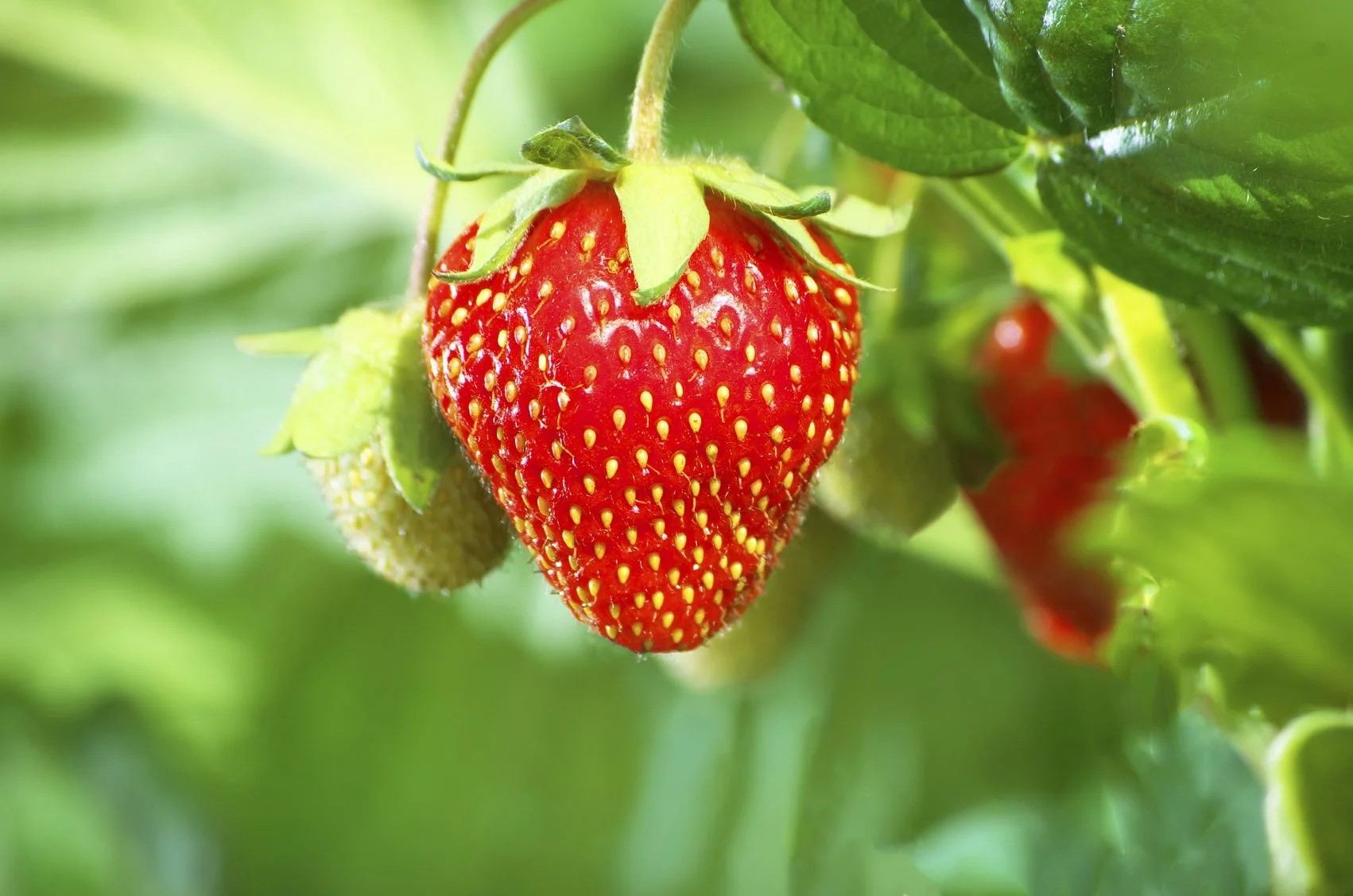
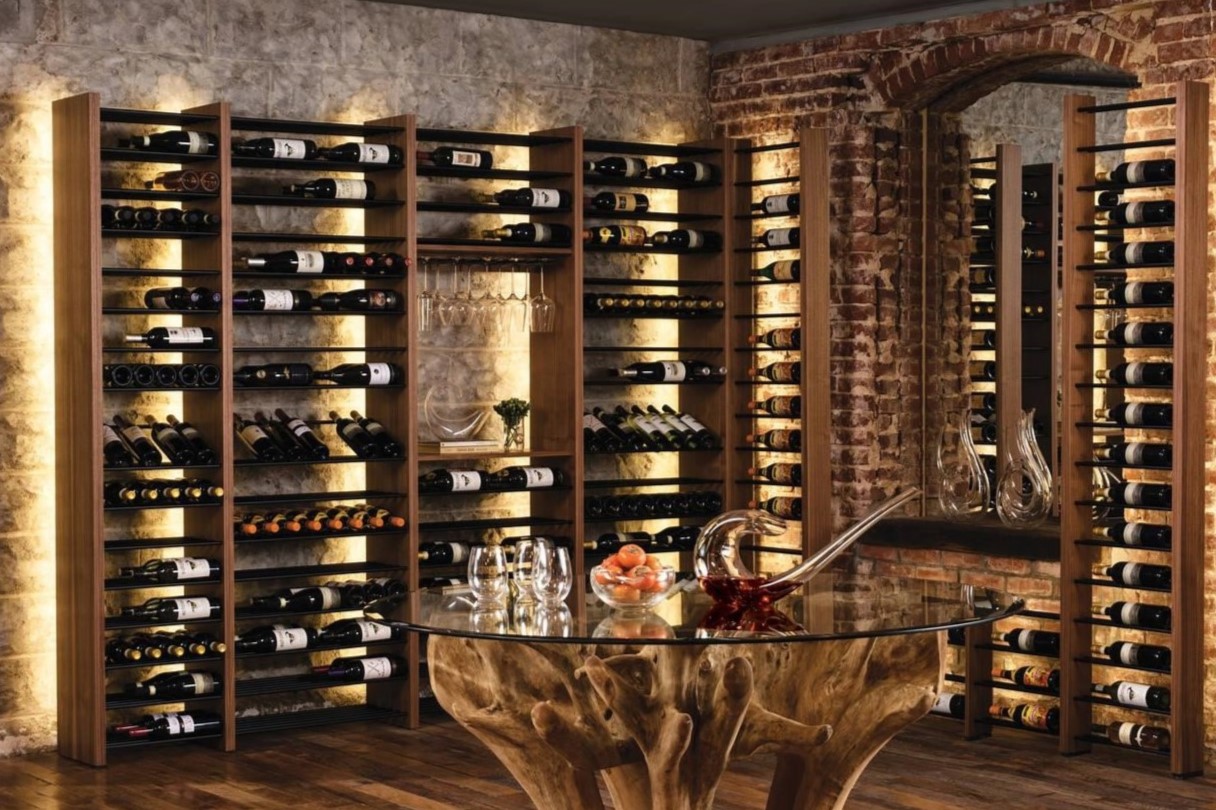
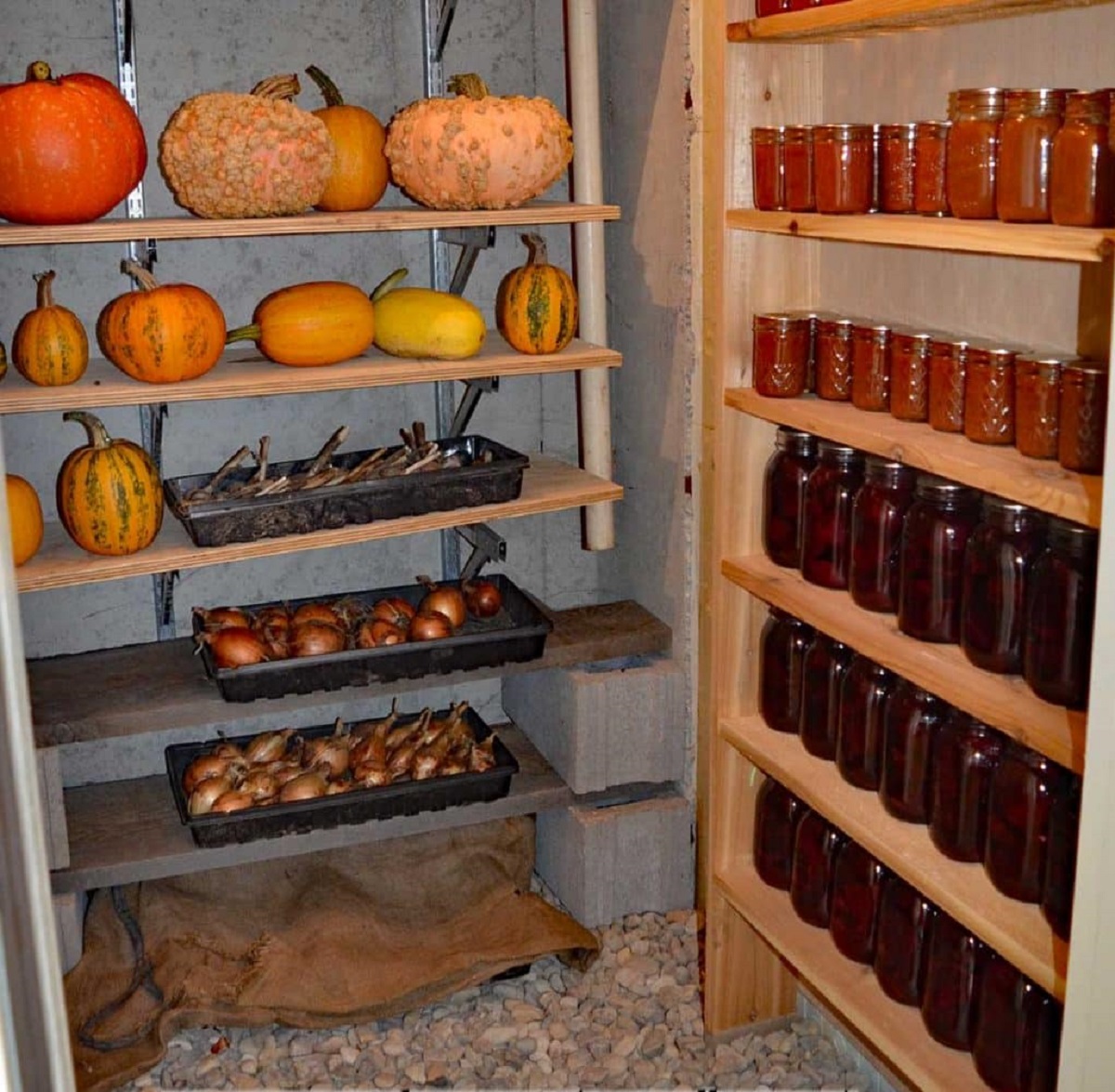
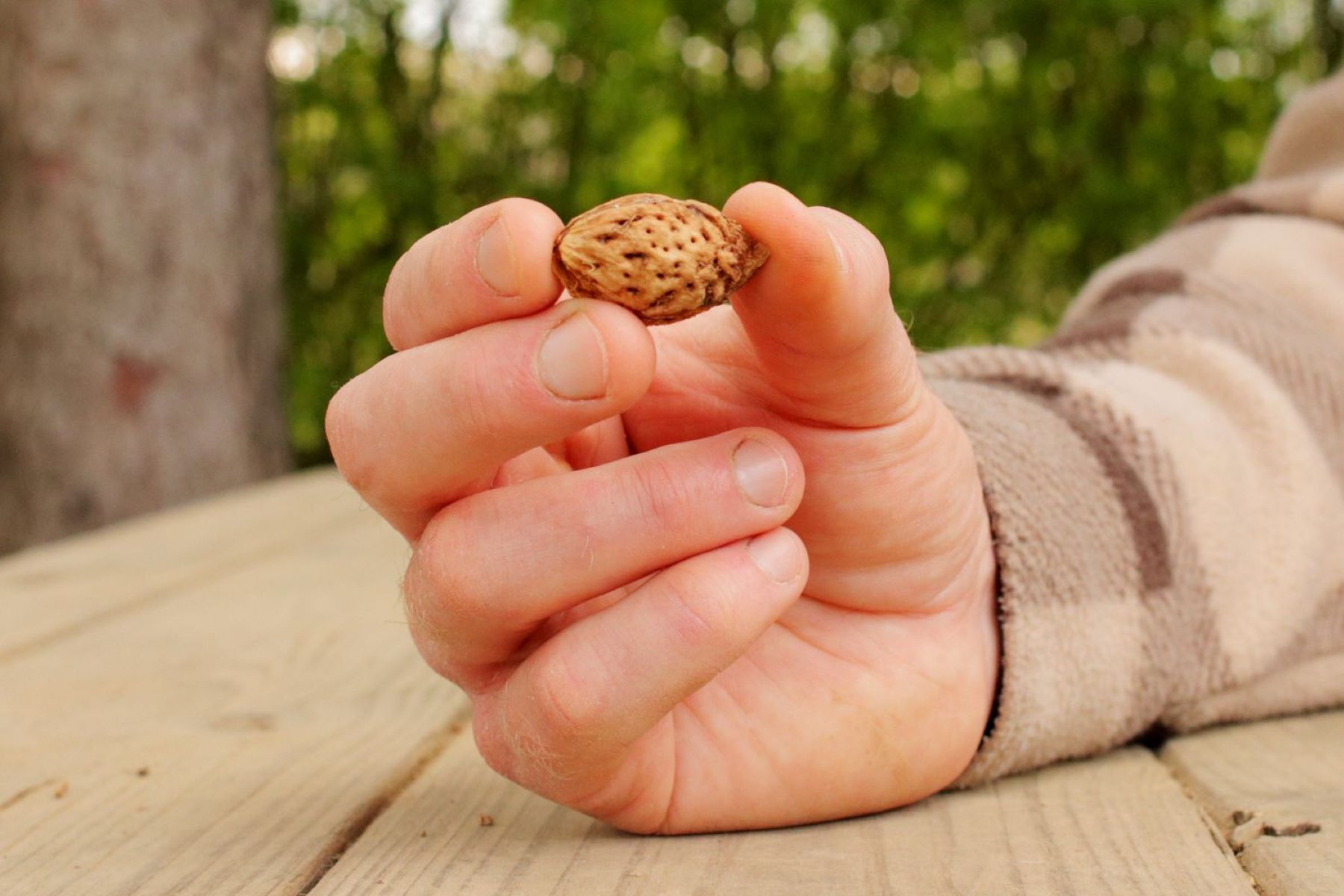
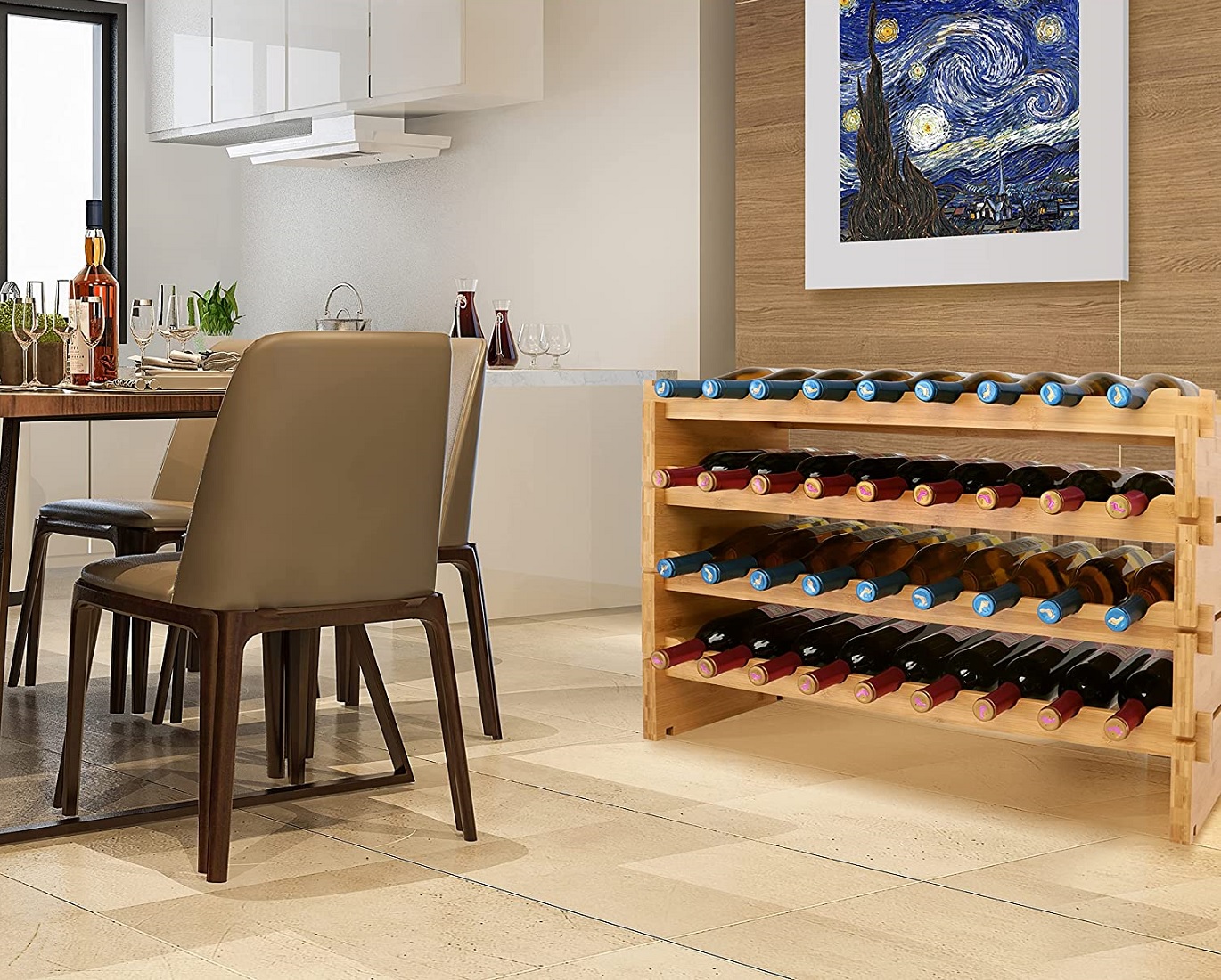


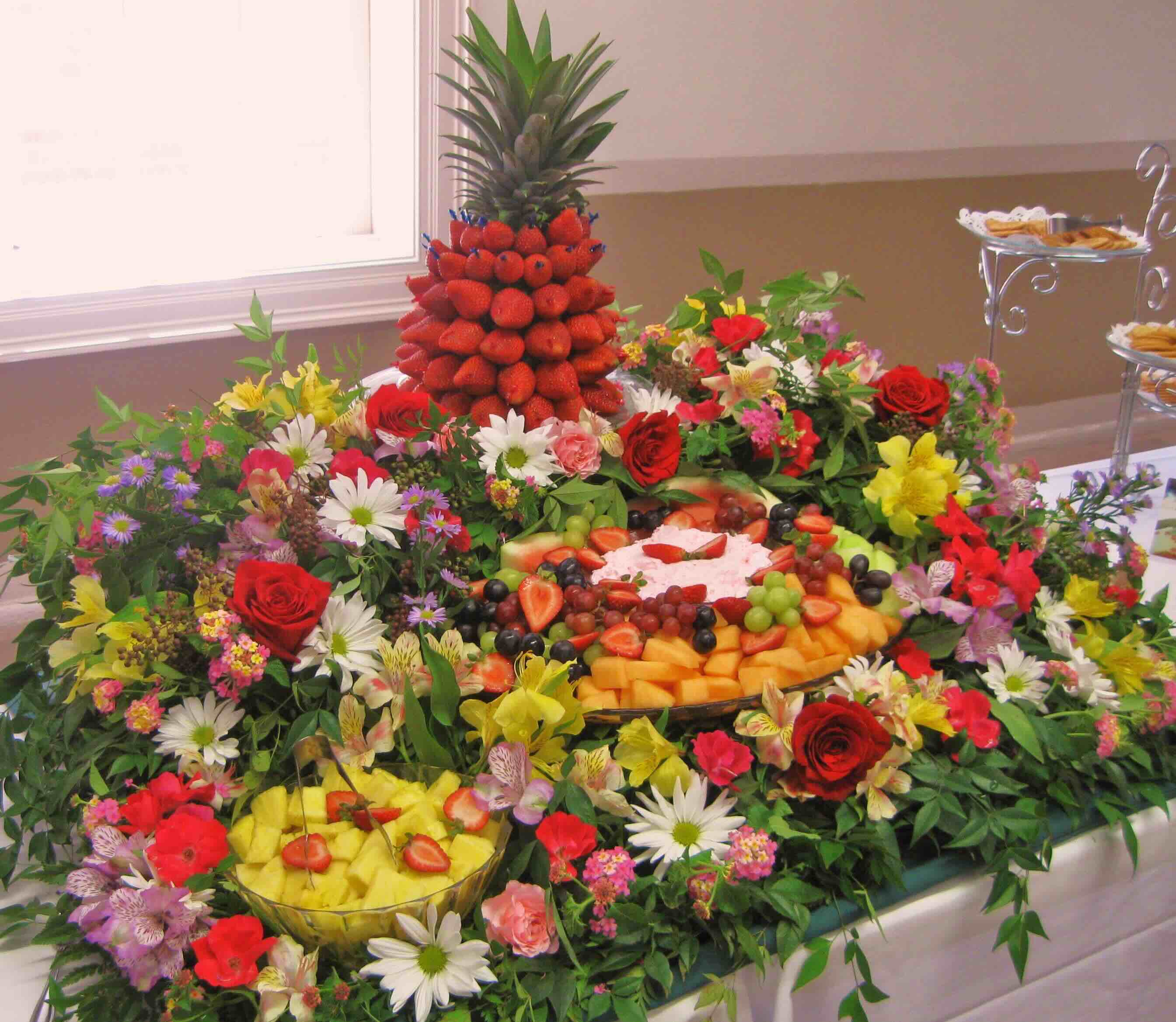
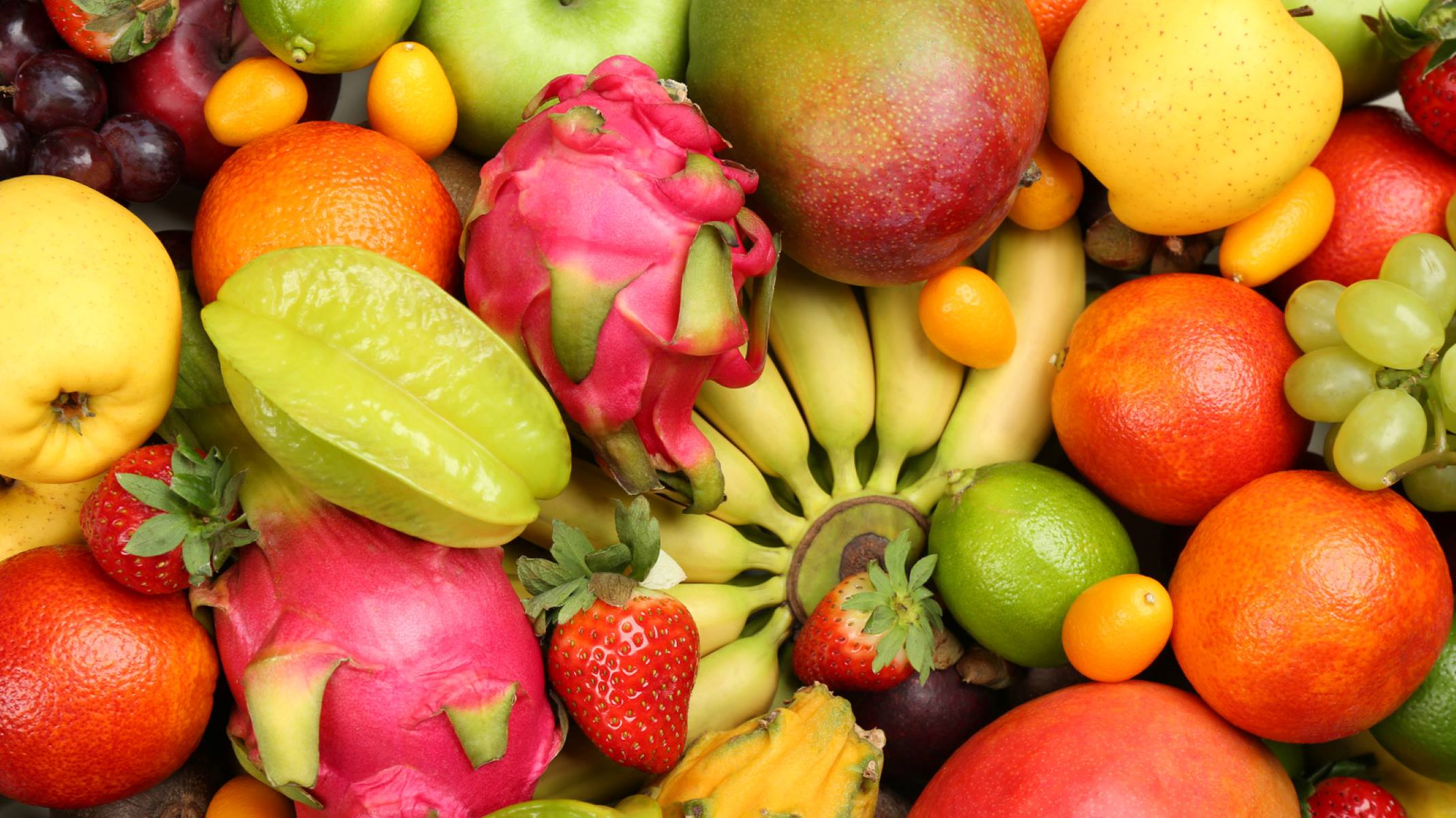
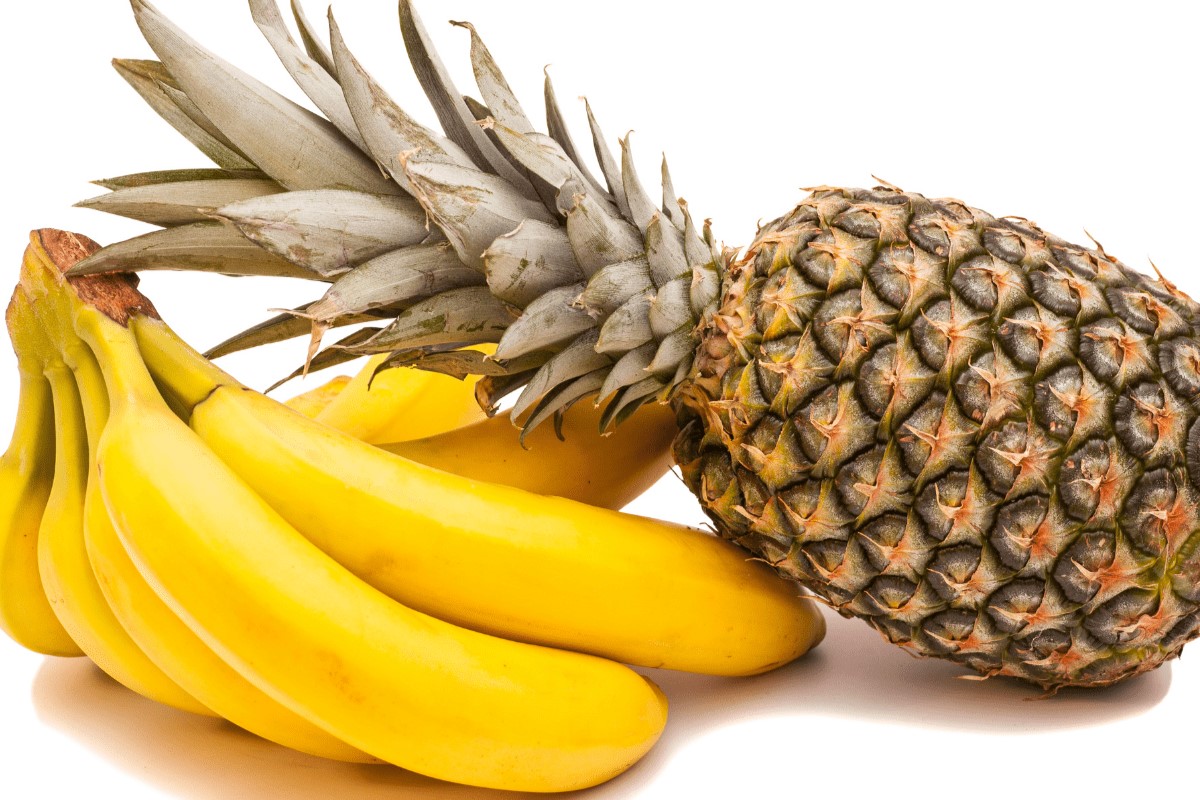
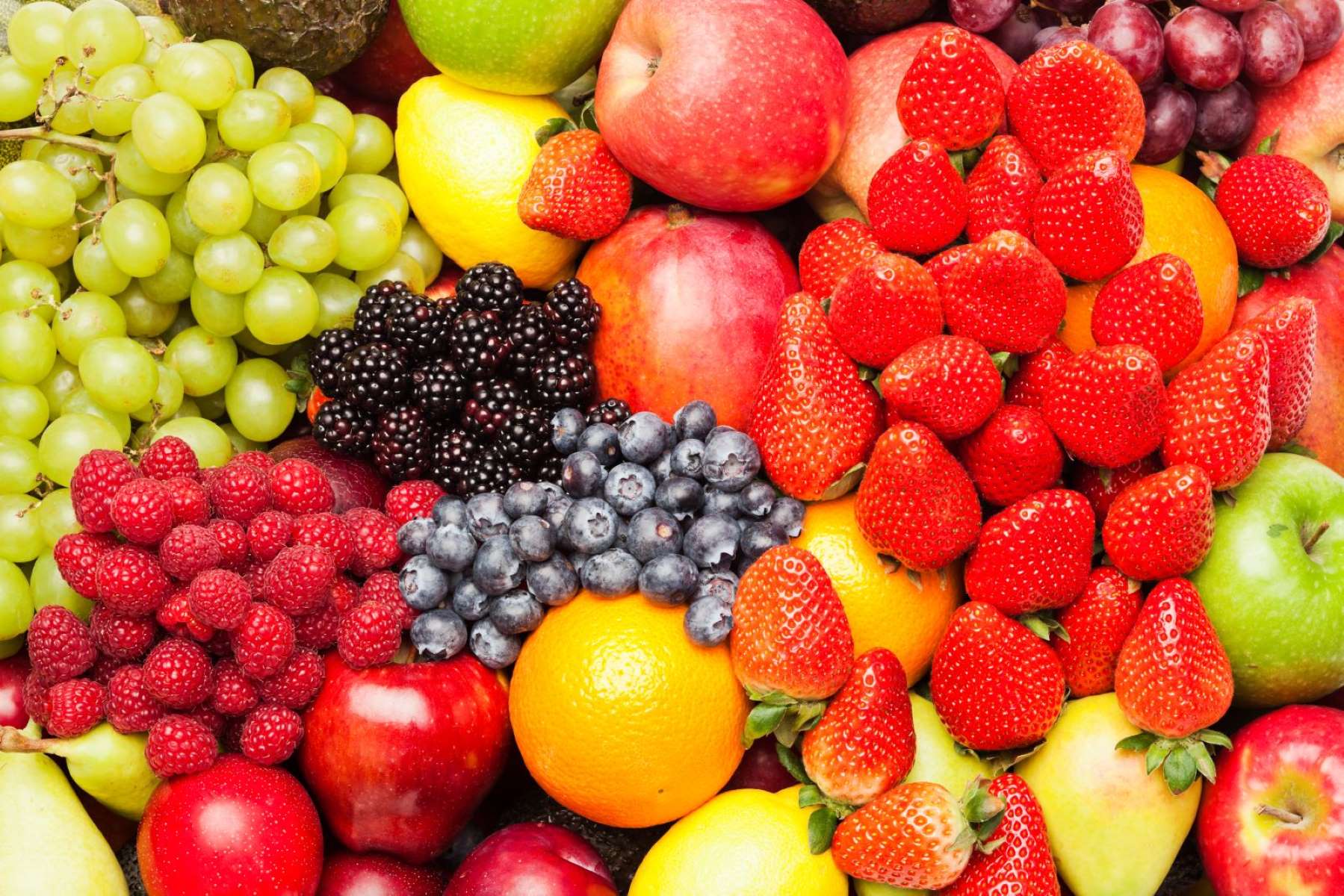
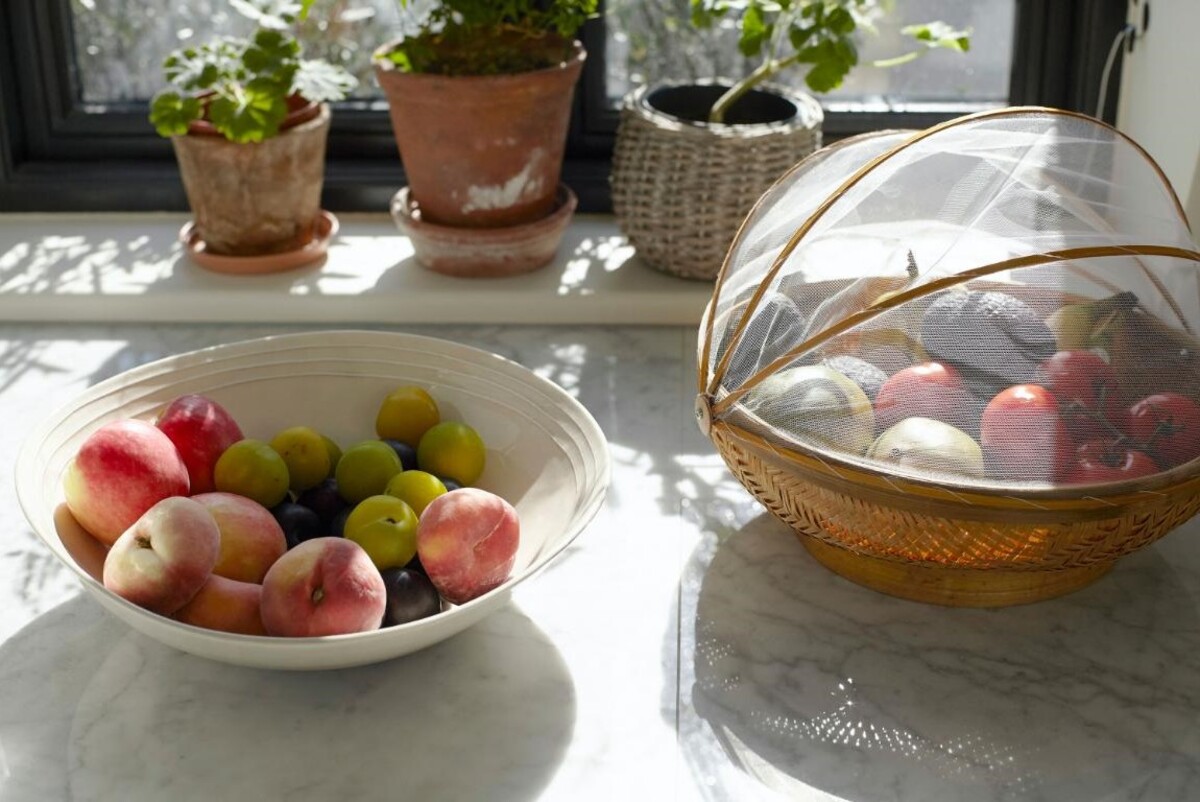


0 thoughts on “What Is A Fruit Cellar”